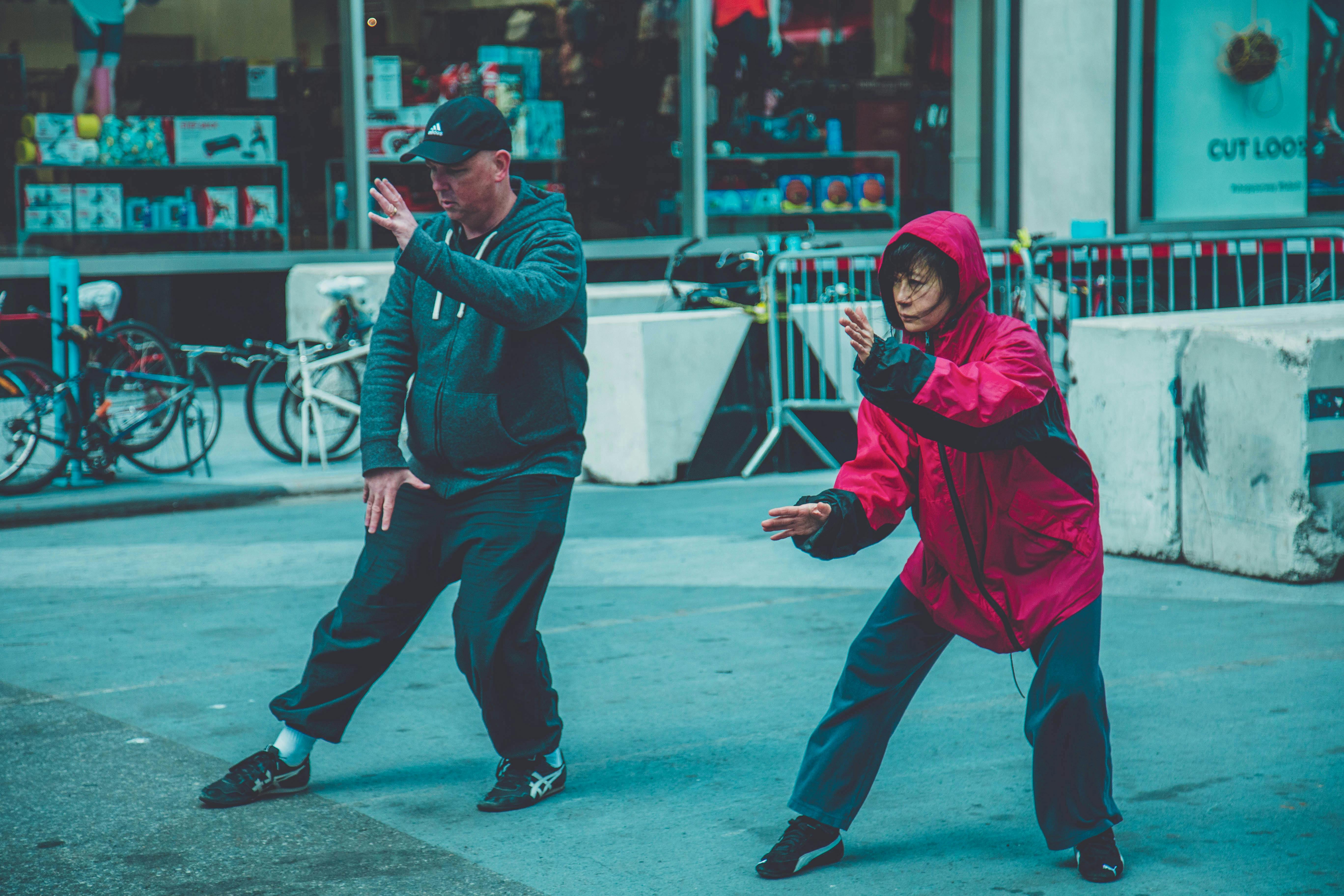Rediscovering the Art of Walking: An Emerging Trend in Travel and Transportation
In a world dominated by fast-paced lifestyles and high-speed modes of transportation, an old yet revolutionary trend is slowly gaining ground. The simple act of walking is being rediscovered as a means of exploration, relaxation, and transportation. This article delves into the resurgence of walking as a preferred travel trend, its implications on the travel industry, and the perks it offers to the modern traveler.

The Historical Context of Walking
Once an essential mode of transportation, walking gradually took a back seat with the advent of quicker and more convenient modes of travel. Despite this, it remained a fundamental part of numerous cultures. Pilgrimages such as Spain’s Camino de Santiago and Japan’s Kumano Kodo are historical examples of walking journeys serving spiritual purposes. Now, in the 21st century, this age-old practice is witnessing a renaissance.
Walking as a Modern Travel Trend
The resurgence of walking can be attributed to various factors. The global pandemic forced many to slow down and reconsider their travel habits, making walking an attractive option. Moreover, the growing wellness trend and increasing environmental consciousness have also contributed to this shift. As per the Adventure Travel Trade Association, walking tours are among the top ten travel trends for 2022, with a rise in demand for guided walking tours, trekking excursions, and walking holidays.
Advantages and Challenges of Walking Travel
The benefits of walking travel are manifold. It promotes physical health, reduces carbon footprints, and offers an immersive travel experience. Walking allows travelers to connect intimately with their surroundings, appreciate small details, and interact with locals, creating a profound cultural exchange.
However, walking travel also has its challenges. It requires physical fitness, appropriate gear, and careful planning, especially for long-distance journeys. Furthermore, it is not always feasible in all destinations due to safety, accessibility, or weather conditions.
Impact on the Travel Industry
The rise of walking travel has prompted the travel industry to respond with innovative offerings. Many tour operators now offer walking tours focusing on history, culture, food, or nature. Accommodation providers are also adapting by offering services such as luggage transfer for self-guided walking trips.
A Fresh Perspective on Walking Travel
Walking transcends the boundaries of being just a mode of transportation. It is a mindful activity that encourages a deep connection with the environment. It is about appreciating the journey, not just the destination.
Walking Wonders: Handy Hints and Interesting Insights
- Walking is an excellent way to combat jet lag. A stroll around the neighborhood after a long flight can help reset your body clock.
- Cities like Vienna, Paris, New York, and Tokyo are famous for their walkability.
- Walking can be a form of “slow travel,” allowing you to experience a place at a leisurely pace.
- The world’s longest walking route is the 14,498 km long Pacific Crest Trail in the USA.
- The term “flâneur” refers to someone who wanders the city streets with no particular purpose, just to observe and enjoy.
In conclusion, walking as a travel trend brings us back to our roots, reminding us of the joy of simple pleasures. It offers a sustainable, healthy, and immersive way to explore our beautiful world. As we stride into a new era of travel, perhaps it’s time to trade our wheels for our feet and relish the lost art of walking.






